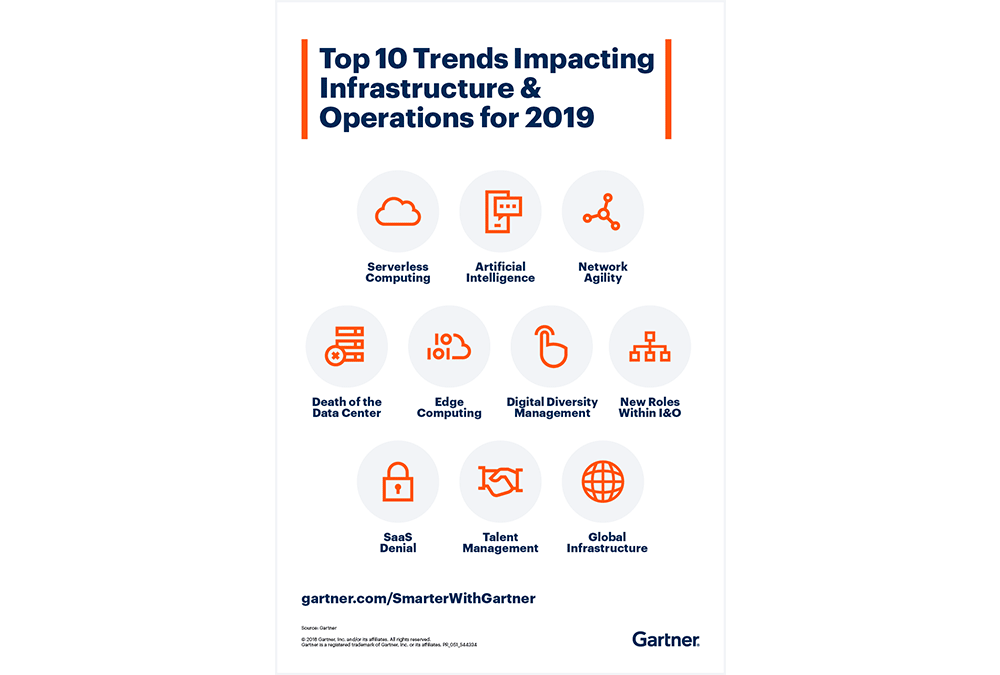Digital transformation is so pervasive that we see it in our everyday life. When we take an Uber instead of a taxi. Or order from Amazon instead of heading to the mall. Or ask questions of Alexa or Siri instead of cracking an encyclopedia.
With eye-popping examples of reinvention making headlines, it’s tempting to think of digital transformation as a revolution, driving giant changes. When it comes to our own businesses and organizations, however, it’s more realistic to think of it simply as an evolution in organizations and industries that have grown stagnant. We have to start small and build on successes.
In this issue, we take a look at practical transformation and why now is the right time to get started, how to sidestep the risks and pitfalls, and the relationship between culture and technology.
How are you transforming through technology? Continue the conversation and tell me what’s working for you.
Edward Tuorinsky
Managing Principal
DTS
Edward.Tuorinsky@consultDTS.com
571.403.1841
Transformation Through Evolution
 While it may seem like everyone is talking about transformation, a 2018 Forrester Report suggests than only 20 percent of companies have a digital transformation plan. The rest are held up by budgets, security, or convincing employees that digital transformation is even necessary.
While it may seem like everyone is talking about transformation, a 2018 Forrester Report suggests than only 20 percent of companies have a digital transformation plan. The rest are held up by budgets, security, or convincing employees that digital transformation is even necessary.
Does that mean it’s OK to opt out? Experts say yes—but if you do, know that the road ahead may be rocky—and short. The business climate and demanding end-users will continue to push for greater efficiencies. Delays, waste and poor service will be called out. Those that can’t or won’t change may find themselves left behind or obsolete.
Instead, think about evolving—with small changes, over time. While we hear about revolutionary results in the news, most organization can start by adopting a back-to-the-basics approach, combined with an openness to creativity. By starting with small, manageable chunks of innovation that improve customer outcomes and deliver productivity, organizations can gain confidence, and make the case that additional changes and innovation is warranted.
Those that have operated in roughly the same way for years (or decades) may find that a single smartphone app, some cloud technology or a revamped ordering system can produce big, visible results. The evolution mindset is why we tell everyone who is talking about digital transformation to start doing it instead.
Start now. Start small. Be innovative. These are the real elements of transformation that are within scope for nearly every organization.
Managing the Risks of Transformation
 Digital transformation is THE most influential force redefining business risk today. When modernization meets cyberattack malice and regulation mandates, organizations find themselves scrambling to address new security and risks. Identifying potential trouble spots during planning—and working through them with expert guidance—can result in outcomes where benefits outweigh risks and technology helps to solve the problems it creates.
Digital transformation is THE most influential force redefining business risk today. When modernization meets cyberattack malice and regulation mandates, organizations find themselves scrambling to address new security and risks. Identifying potential trouble spots during planning—and working through them with expert guidance—can result in outcomes where benefits outweigh risks and technology helps to solve the problems it creates.
Don’t let fear slow your role. Here are two great reads that can help you consider transformation risk—and manage it. Top security risks in digital transformation and how to overcome them from InformationAge, and Effective Risk Management in Digital Transformation, from CenturyLink.
5 Steps to Improve your Digital Transformation Culture
 Before you invest in technology or make a single change, you’ll need to assess your culture. Having a culture poised for change is a make-or-break factor in transformation. These five steps can help you consider your readiness or continue developing your people and processes to get ready.
Before you invest in technology or make a single change, you’ll need to assess your culture. Having a culture poised for change is a make-or-break factor in transformation. These five steps can help you consider your readiness or continue developing your people and processes to get ready.
Step 1: Define what digital transformation will mean for your organization. Then share your vision with all employees so they understand what’s happening and why.
Step 2: Think forward. Strive for technology that helps you meet goals and keep up with competitors today— and a culture that allows for out-of-box thinking—failing fast—thinking big—and imagining forward.
Step 3: Change your thinking about employees. Hire the qualities that will lead to a bigger, stronger, forward-thinking organization instead of those tied to specific skill or technology (that can be outdated).
For steps 4 and 5, continue reading here.
Digital Transformation Trends for 2019
2019’s top trends in tech offer up inspiration. How could you use these technologies in your operations?
DTS in the News
DTS is proud to be recognized by the Washington Business Journal’s 13th annual Best Places to Work program. We were named among 100 Greater Washington companies based on survey responses from employees themselves, rather than a panel of outside judges. Asked about the honor, Ed Tuorinsky said,
“We take great pride in having a diverse workforce that celebrates multiple perspectives, drives collaborative thinking and decision-making, and is the foundation of innovative approaches to our customers’ missions and challenges. We foster a positive culture with strong teams and our relationships are collaborative, helpful and personally supportive.”
Read the announcement article here.
About DTS
DTS consultants go far beyond just “getting the job done.” We continually find better, more efficient and more effective ways to satisfy the needs of our public- and private- sector clients. DTS provides full lifecycle Management and IT consulting services, and can support your organization by researching and answering specific questions, solving critical issues or helping you plan for the future. Among a crowded field of contractors, DTS stands out for the quality of our people, the power of our approach, and the impact of our results. www.consultDTS.com
Continue the conversation:
Email sales@consultDTS.com or call 571.403.1841


